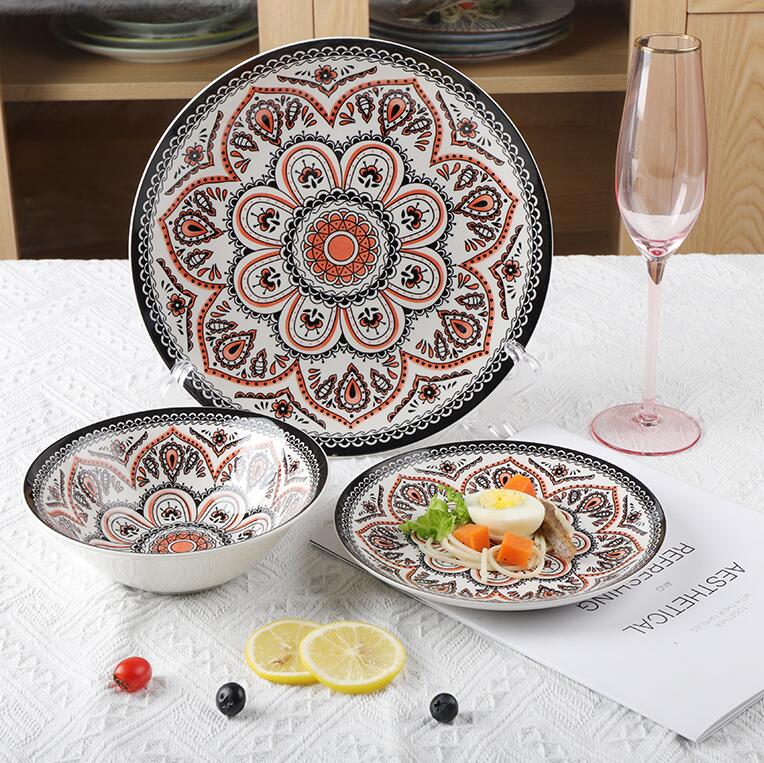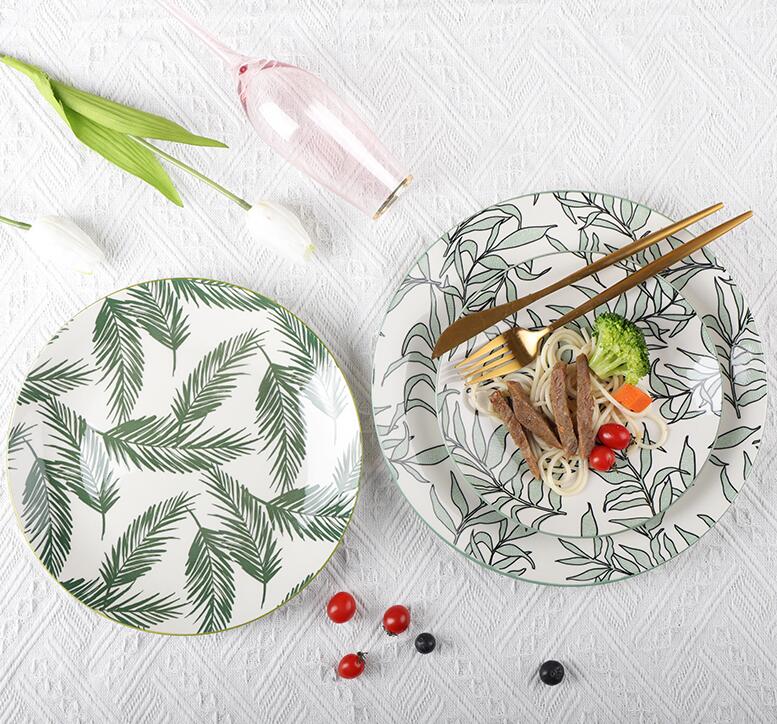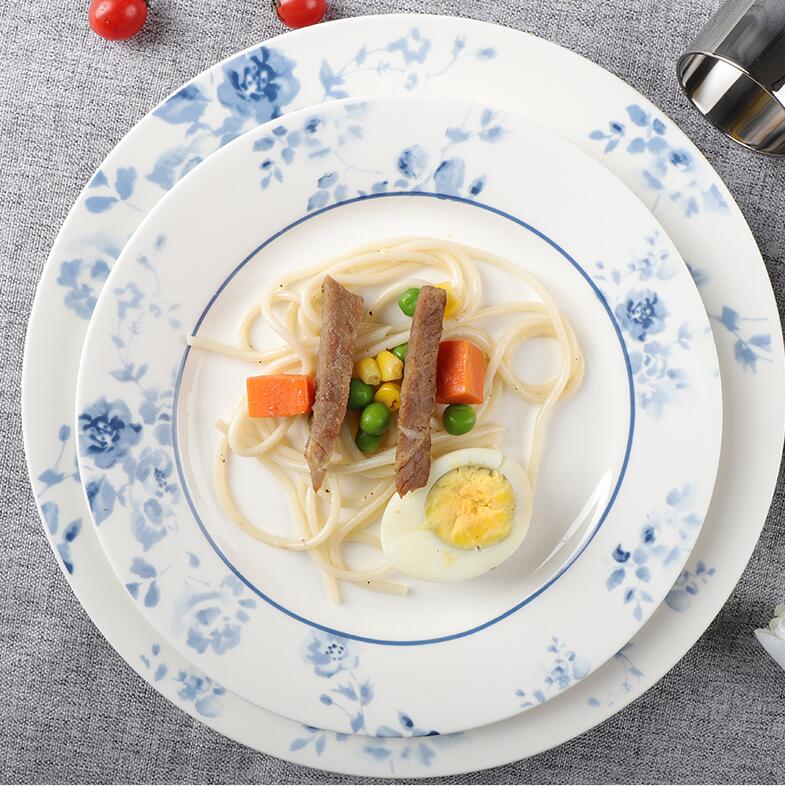Pulished on May. 30, 2023
Ceramic tableware has been a popular choice for dining for centuries due to its aesthetic appeal, durability, and versatility. However, not all ceramic tableware is created equal. In this article, we will explore the various materials used in ceramic tableware and analyze their characteristics, benefits, and considerations. By understanding the different materials, you can make an informed decision when selecting the ideal ceramic tableware for your dining experience.

Earthenware: Earthenware is one of the oldest types of ceramic tableware and is known for its rustic charm. It is made from clay that is fired at a lower temperature, resulting in a porous and relatively less durable material. While earthenware may not be suitable for everyday use, it is great for casual occasions and decorative purposes. It often features vibrant glazes and intricate designs.
Stoneware: Stoneware is a popular choice for everyday ceramic tableware due to its strength and durability. Made from clay fired at a higher temperature, stoneware is dense, non-porous, and chip-resistant. It retains heat well, making it ideal for keeping food warm. Stoneware tableware comes in various finishes, including matte and glossy, and can be found in a wide range of designs to suit different tastes.
Porcelain: Porcelain is a refined and elegant material known for its delicate appearance. Made from fine clay fired at high temperatures, it is non-porous, translucent, and has a smooth texture. Porcelain tableware is often associated with formal dining settings and is prized for its strength, resistance to chipping, and ability to showcase intricate designs. It is suitable for both everyday use and special occasions.

New Bone China: New Bone china is considered the finest and most luxurious material used in ceramic tableware. It is made from a blend of clay, feldspar, and bone ash, fired at high temperatures. Bone china is renowned for its exquisite thinness, translucency, and durability. It has a milky white appearance and a delicate feel. This material is highly resistant to chipping and is often adorned with intricate patterns or gold accents. Bone china tableware is commonly used in formal dining and is an investment for those seeking elegance and sophistication.
When choosing ceramic tableware, consider factors such as your intended use, lifestyle, and maintenance preferences. Earthenware may be suitable for decorative purposes, while stoneware and porcelain offer durability for everyday use. Bone china is a luxurious choice but requires more careful handling. Additionally, check if the tableware is dishwasher and microwave safe, as some materials may not be suitable for these applications.

Ceramic tableware comes in various materials, each with its own unique characteristics and suitability for different purposes. Whether you prefer the rustic appeal of earthenware, the durability of stoneware, the elegance of porcelain, or the luxury of bone china, understanding the differences between these materials will help you make an informed decision. Consider your needs, preferences, and the occasion when selecting ceramic tableware to enhance your dining experience with style and functionality.